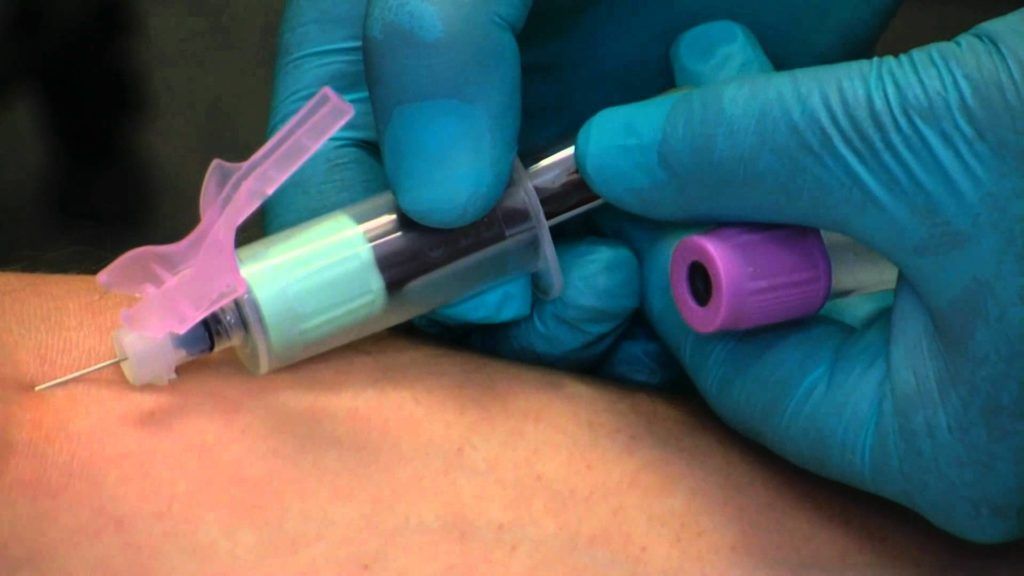Venipuncture is the technical term for drawing blood from veins, including those found on the back of your hand and in the crook of your elbow. This procedure is often performed by phlebotomists to take blood for various lab tests including drug screening, cholesterol checks, and HCG and other hormone levels.
How does venipuncture work?
Once you arrive for your appointment, the phlebotomist will seat you in the lab and ask you to relax. Maintaining a calm composure is key to getting blood on the first try. Nervousness makes it harder for the phlebotomist to quickly target the right vein.
While you’re seated the phlebotomist will read the lab orders and select the correct gauge of the needle and proper tubes to collect your blood specimens. Sometimes more than one tube is needed. Although it seems like a lot of blood, there’s nothing to worry about. These samples are actually quite minor and won’t negatively affect you.
Once he or she is ready to take your blood, the phlebotomist will cleanse the area with rubbing alcohol and tie a rubber/elastic band (non-latex f you’re allergic to latex) around your upper arm. The pressure the band creates causes your veins to swell with blood, making them easier to locate, see, and palpate. You might notice the person taking your blood feel around the vein. This is because they’re making sure it’s the right vein, so they don’t have to stick you twice.
Once the right vein is found, the needle is inserted. A vial is then connected to the need and creates a vacuum that causes it to fill quickly. If additional tubes are needed, the first tube is removed and another is connected with the needle just like the first one.
After all the specimens are collected, the band is removed and a bandage and pressure is applied to make sure the bleeding stops.
Preparing for Venipuncture
There are a few things you can do to make sure you’re prepared for your blood work. The most important thing is to stay hydrated. This makes finding and puncturing veins easier. It also helps your blood flow more easily. Finally, depending on the test being done, you may have to fast twelve hours prior to having the work done. You can confirm with your doctor when he or she is ordering the test to make sure whether you need to fast. This is commonly asked of patients having their cholesterol and triglycerides checked.
What should I expect?
Venipuncture is an easy and fairly pain-free procedure, aside from the initial stick of the needle, which could sting a bit. Some describe it like a bee sting. Most experienced technicians will make sure your experience is as simple and pain-free as possible. This is why concentrating on finding the right vein is so important. After the procedure, you might experience some minor bruising at the insertion site, which can be helped by applying ice.

